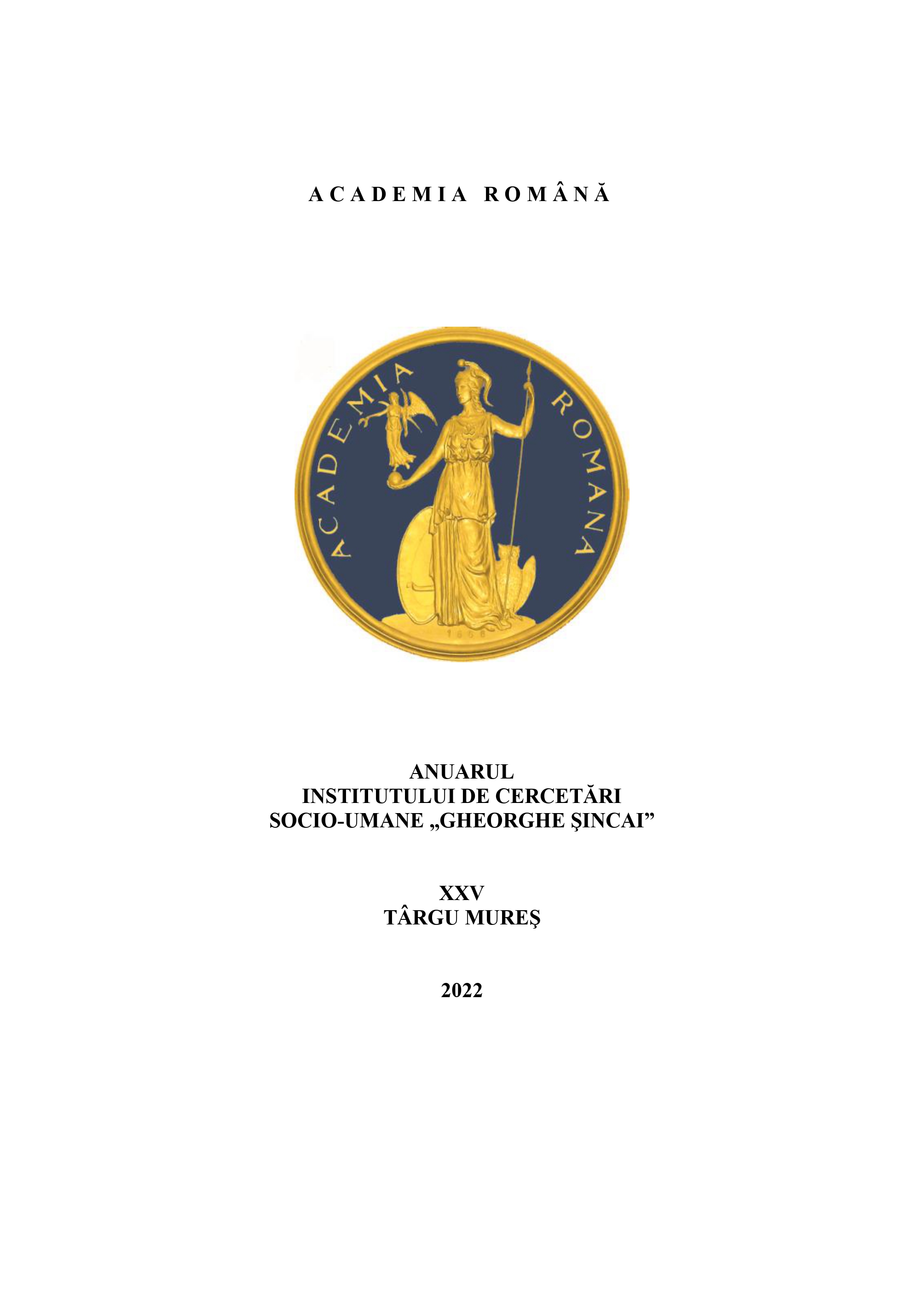THE AMERICAN COLLECTORS AND THEIR INTEREST IN ROMANIAN ART IN THE INTERWAR PERIOD
THE AMERICAN COLLECTORS AND THEIR INTEREST IN ROMANIAN ART IN THE INTERWAR PERIOD
Author(s): Roxana MihalySubject(s): Cultural history, Visual Arts, Interwar Period (1920 - 1939), History of Art
Published by: Institutul de Cercetări Socio-Umane Gheorghe Şincai al Academiei Române
Keywords: art collectors; the interwar period; Romanian artist; Brâncuși; US;
Summary/Abstract: The 20th century has often been defined as the era of great changes, of interconnections, of the circulation of ideas, which constantly undergo changes under the pressure of the context, all of which inevitably marked and influenced the artistic concepts of the time. Any artistic creation is due to the impact of the antagonistic exposure that the artist makes between the creative impulse and the reality that is often foreign to art. Almost every time when we talk about art, this cannot be sustained, valued without those who consume the art. When the artist’s work resonates with the image of feelings, the connection between the artwork and the art collector is inevitable, but each work is experienced by the individual in his own way. Throughout history, art collectors have been either important names of the aristocracy or people financially very powerful, they marked the history of art in one way or another, even reaching in time to acquire the skills of a specialized connoisseur. Considered the cultural center of the arts in the interwar period, Paris represented an ideal meeting point between Romanian artists and art consumers from the USA. Names such as Edward Steichen, the lawyer John Quinn, Alfred Stieglitz, Walter Pach or Peggy Guggenheim were previously attracted by the art of Brâncuși, Victor Brauner or Hedda Sterne.
Journal: Anuarul Institutului de Cercetări Socio-Umane »Gheorghe Şincai« al Academiei Române
- Issue Year: 25/2022
- Issue No: 25
- Page Range: 263-268
- Page Count: 6
- Language: English

